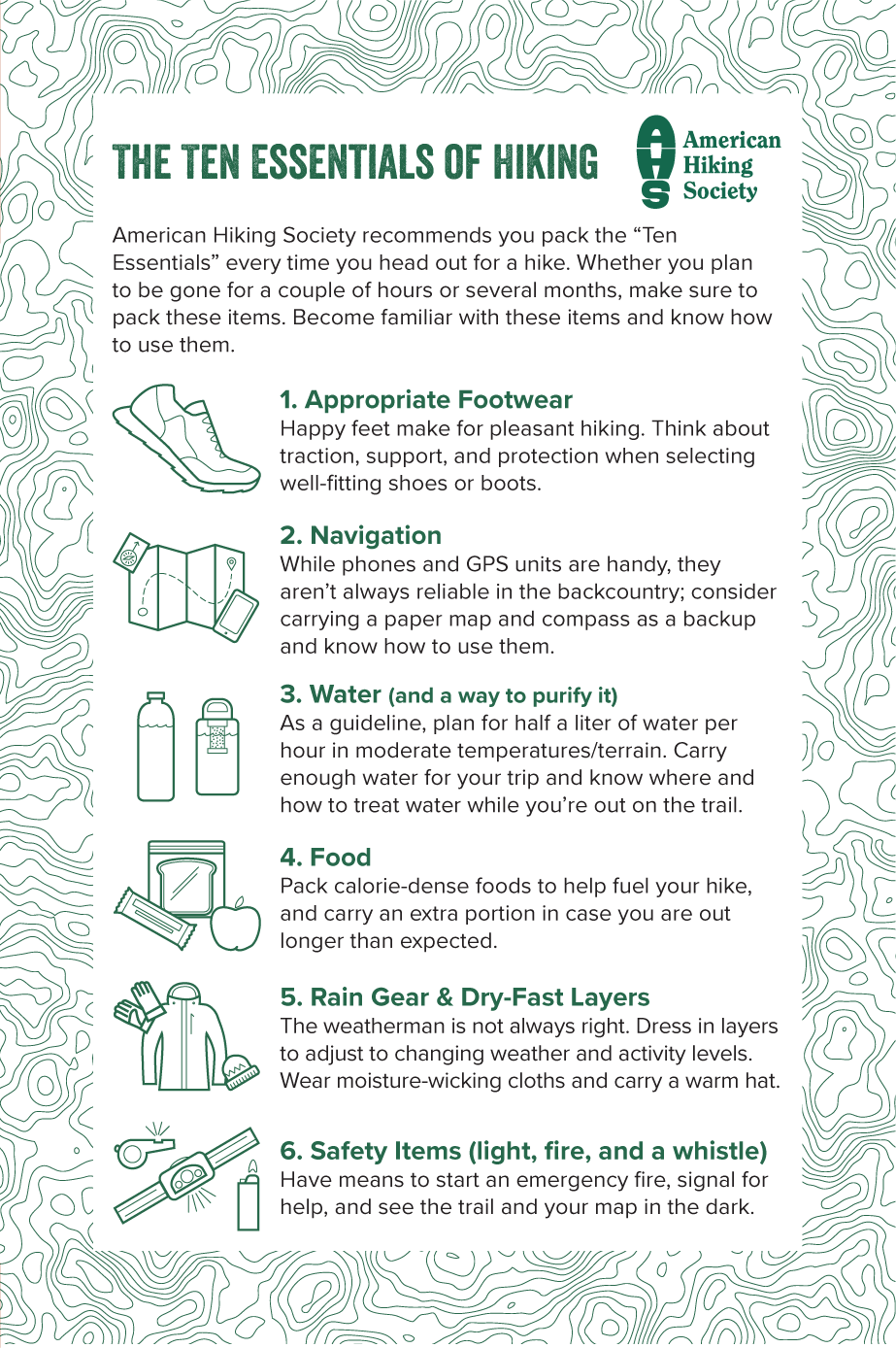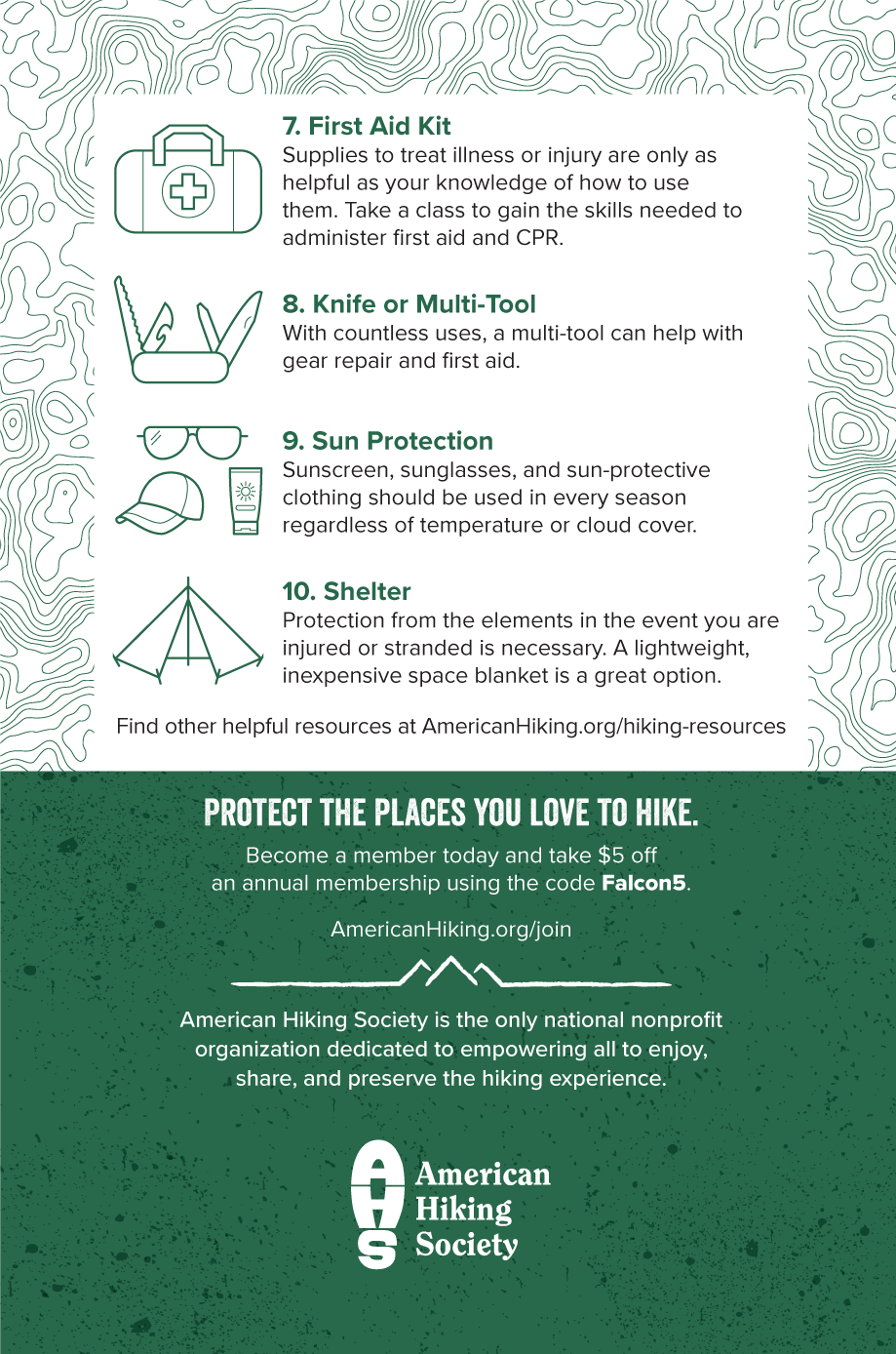Many other people helped or have helped along the way. The list includes but is not limited to Kassidy Cooprider, Mac Barrett, Heather Egizio, Laurilyn Hepler, Dottie Barrett, Clary Barrett, Matt Hazelrig, Dan Wakefield, Marc Alan Jordan, Mattie John Bamman, Valerie Estelle Rogers, Angela Johnson, Jeff Pietka, David Schargel, Robert Fisher, Matt Wastradowski, Maggy Lehmicke, Jade Helm, Staci Humphrey, Dave Peterson, Stephanie Paris, and Anna Haller. Big thanks to my partner, Kara Close Hart, for all the love and understandingI know its not easy living with somebody who is on the road as much as I am. I truly love and appreciate you. Thanks as always to Allen Cox and Lucy Gibson. Thanks to the Salem Area Trail Alliance. Thanks to my family for providing unending support: Jade Sawyer Chase, Danny Chase, the Chaselets, Janaira Quigley, the Quiglets, Cindy Sawyer, William Sawyer, Del and Olivia Sawyer, the Barela family, the Woerz family, and Crystal, Gerad, and the rest of the Neely clan. Thanks and love go out to Ashton Sawyer; you are always in my thoughts.


Its important to have a very healthy respect for Mother Nature when hiking. Conditions in Oregon are notorious for changing rapidly and with little or no warning. The expect the best but prepare for the worst adage is a great thing to keep in mind when youre preparing to go into the wilderness.
Always let somebody know where youre going and when you plan on being back. Know your limitations, and err on the side of caution. If conditions of any sort are making you uncomfortable, thats a good sign to head back or take appropriate action. You can always return at a later date; its best if you live to hike another day. Also, be prepared. I understand that we are dealing with mostly urban and easy day hikes here, but having the ten essentials of hiking on hand is never a bad idea. Here is a list of the updated essential systems hikers should consider bringing along, especially if youre heading into the wilderness:
- Navigation: A map and compass are mandatory. These can be augmented with things like altimeters and GPS units, but always have a map of the area and a compass.
- Sun protection: Bring sunglasses, sunscreen, and proper clothing, including a hat.
- Insulation: Will there be a blizzard on Cannon Beach in July? Probably not. However, you should have whatever it takes to survive the worst conditions that can be reasonably expected. No matter the season, start your outfit with wicking gear: clothing that is not made of cotton and that can wick moisture away from the body. Dress in layers, especially in cooler weather. Pack extra socks. If things are going to be cold or wet, bring additional layers and rain gear. Whatever the conditions are, avoid cotton.
- Illumination: Flashlights, headlamps, and LEDs all work. Its good to have a backup or spare batteries.
- First-aid supplies: Its up to you whether or not to bring such things as allergy pills or latex gloves. At the very least you will need some gauze, bandages, tape, and pain meds. There are many prepackaged kits available that include everything from bare-bones basics to an outdoor aid station.
- Fire: This includes waterproof matches, disposable lighters, and chemical heat tabs.
- Repair kit and tools: A knife or multi-tool is fairly standard. Depending on what youre doing, duct tape and rope can be handy as well.
- Nutrition: At least enough food for an extra day and night in the wilderness. Nutrition bars, jerky, nuts, and the like all work.
- Hydration: Always have at least a water bottle or water bladder/reservoir system. You should also have some sort of water treatment or filtration on hand.
- Emergency shelter: If youre backpacking, the tent youre carrying covers this one. If youre taking a day hike, consider a space blanket, rain gear, or even a trash bag.
HIKING COURTESY
Hiking has its own set of written and unwritten laws that are good to know and adhere to. These courtesies help ensure a pleasant experience for everyone. Heres a brief list:
- Pack it in, pack it out. Do your best to leave no trace. This goes beyond littering: Little things like nutshells or discarded orange peels should go out with you as well.
- Share the trail. Walk single file. On wider paths, you can occasionally stroll side by side, but never take up more than half of the trail. Always yield to the hiker heading uphill. Pass slower hikers on the left, and give them a verbal greeting. Its not nice to sneak up on people.
- Stay on the trail. Always stay on the established trail and never cut switchbacks. Hike quietly. Keep noise to a minimum and conversations at a reasonable volume unless youre hiking in bear country. Then announce your presence often.
- Take only pictures. Dont pick flowers, collect rocks, or otherwise disturb flora and fauna. The generations after us are going to want to see the wildflower meadows as well.
- Check trailhead guidelines. Trails occasionally have very specific rules. Its a good idea to give trailhead signage a once-over. In addition to guidelines, there are often important announcements about things like trail conditions and wildlife sightings.
- Follow guidelines for pets. Most trails allow dogs, but some do not. Check before bringing your pets. Also, follow leash laws. There are some trails that dont require dogs to be on a leash, but most do. And for the love of all that is decent, please clean up after your pet and pack it out.
- Finally, be nice. You dont have to have a full-on conversation with everyone you pass, but a cordial greeting doesnt hurt anything. Were living in a society.
The hikes are presented in an easy-to-read format with at-a-glance information at the start. Each hike description contains the following information:
Hike number and name: The hike number is also shown on the location map to help you visualize the general location of the hike. Weve used the official, or at least the commonly accepted, name for a trail or hike. Loop hikes or other routes that use several trails are usually named for the main trail or for a prominent feature along the way.
Overview: Each hike is introduced with a general description of the hike, including special attractions.
Elevation gain: The total amount of feet you will climb during the course of the hike.
Distance: This indicates the total distance of the hike in miles. Distances were carefully measured using a GPS mobile app. Hikes may be loops, which use a series of trails so that you never retrace your steps; out and back, which return along the same trails used on the way out; and lollipops, which are hikes with an out-and-back section lead ing to a loop.

A beautiful paved curve
Hiking time: This approximate time in hours is necessarily based on average hiking times for a reasonably fit person. Non-hikers will take longer, and very fit, seasoned hik ers will take less time.
Difficulty: All the hikes are rated as easy, moderate, or difficult. This is a subjective rating, but in general easy hikes can be done by nearly anyone and take a couple of hours at most. Because this guide features urban hikes, most of the trails are considered easy or moderate. Hikes listed as difficult in this guide are only done so in relation to the other hikes in the book, and probably wouldnt be labeled as such in a standard hiking guide.





